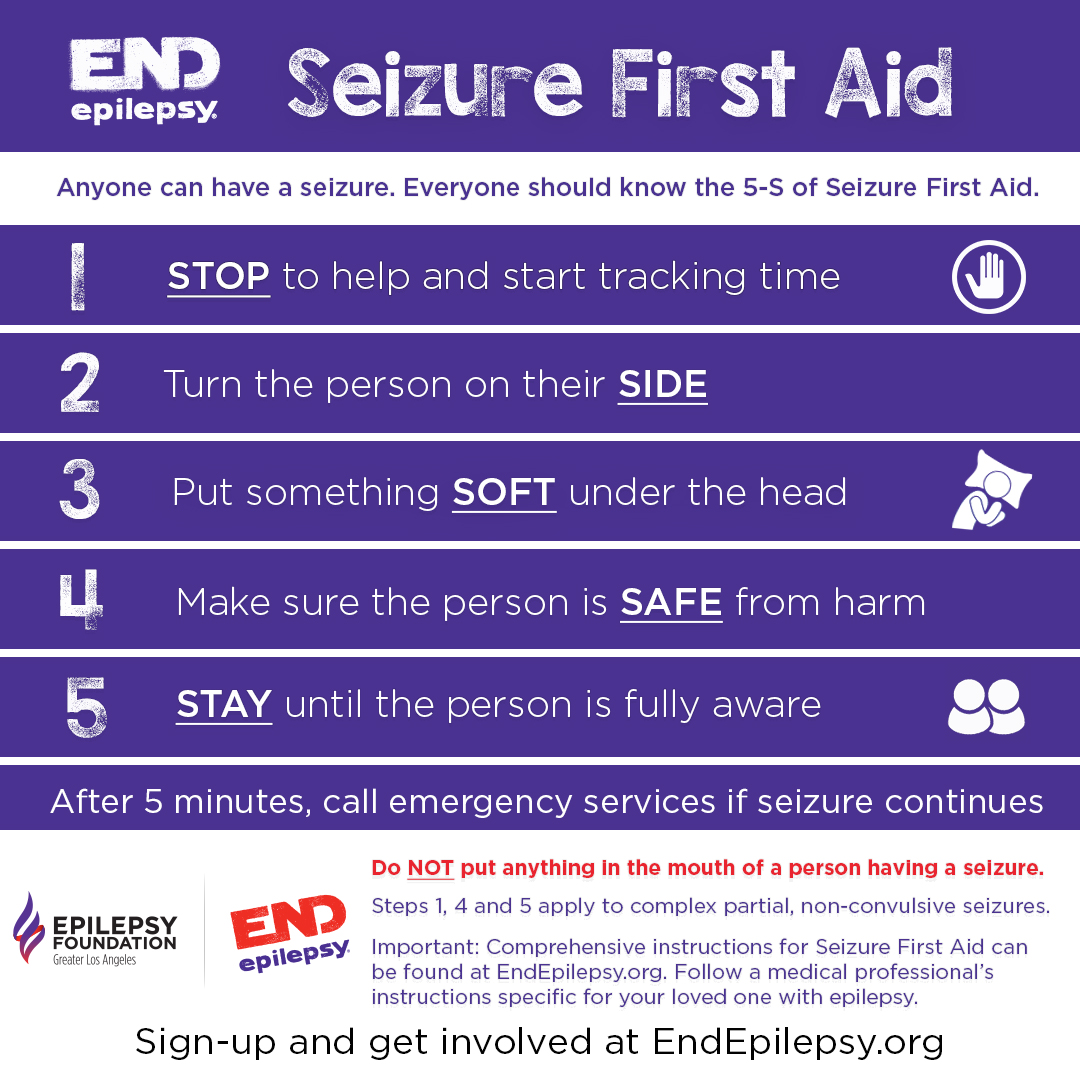SoCal woman shares son's story to raise awareness of epilepsy

LOS ANGELES (KABC) -- Veronica Soliz is able to smile and laugh with ease. With every opportunity she is positive and kind.
But, you'll notice, between the laughing, there is pain.
Gabriel, her only child, died exactly one year ago from a seizure.
"He was very loving, always hugging me. Always kissing me. I miss that. I really do. I miss him," Soliz said through tears.
"He goes, 'OK mom, I'll talk to you later.' And I told him I'll call him on my 10-minute break. He said, 'OK mom, God willing. Love you, bye,' and that was it. The last time I talked to him."
Within minutes of that phone call, Gabriel suffered a seizure. Doctors call it SUDEP: sudden unexplained death in epilepsy.
It can happen anywhere at any time. Like Gabriel - alive one minute, gone the next. The shocker: 50,000 people a year in the United States die this way.
Susan Pietsh Escueta says epilepsy is invisible. Perhaps that's the basis for our ignorance - we don't see it. Many don't even know they have it. And if you do, things like stress, lack of sleep - even low blood sugar - could trigger a seizure.
And it doesn't always mean convulsions.
"There are many kinds of seizures and some of them are as simple as a staring spell. Some will stare like that for just a moment and they come back to and keep talking to you," said Pietsh Escueta.
You can be born with it, get it through a brain infection, or like Gabriel, a head injury.
"Anyone with a brain can have a seizure. So this is important for everyone," said Pietsh Escueta. "If you push the brain hard enough, it will seize."
For gabriel, it started in this crosswalk on New Year's Day 2011. He was 16.
"All I heard was, 'Mom, mom!' and he pushed me. And as I turned around to ask why you pushed me, I saw that he was being drug by the van," said Soliz.
Gabriel saved his mother's life. She remembers holding him as he lay in the street.
"I was hugging him, and I felt something fall on me and I was like, 'Oh my God, something hit both of us,' and it was actually my son, hugging me. He wanted to let me know it's OK. He's going to be OK," Soliz said, her voice cracking.
Gabriel survived and was hailed a hero, even given a certificate from Orange County. Then the seizures started.
"Once a month he started having them. Then he almost went a whole year without having them, then they started again," said Soliz.
He fought it for six years.
Days after her son passed, Soliz was at the Epilepsy Walk at the Rose Bowl in Pasadena.
"When I saw all those people it touched my heart, it's not just my son," Soliz said of the experience.
She discovered she's not alone. There are thousands out there dealing with epilepsy.
For Soliz, talking about her son gives his struggle meaning.
His story helps us understand an invisible killer, and in turn, the young man who saved her life, can potentially save others.










